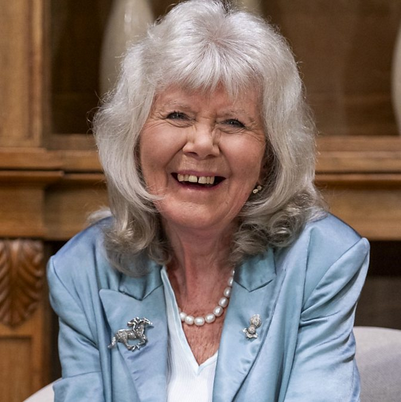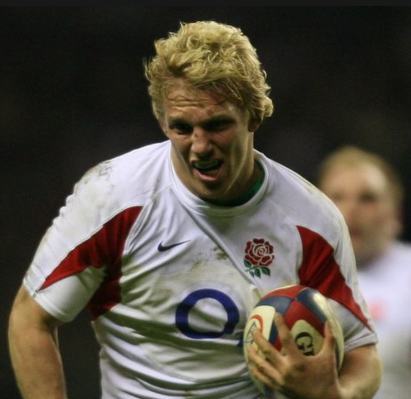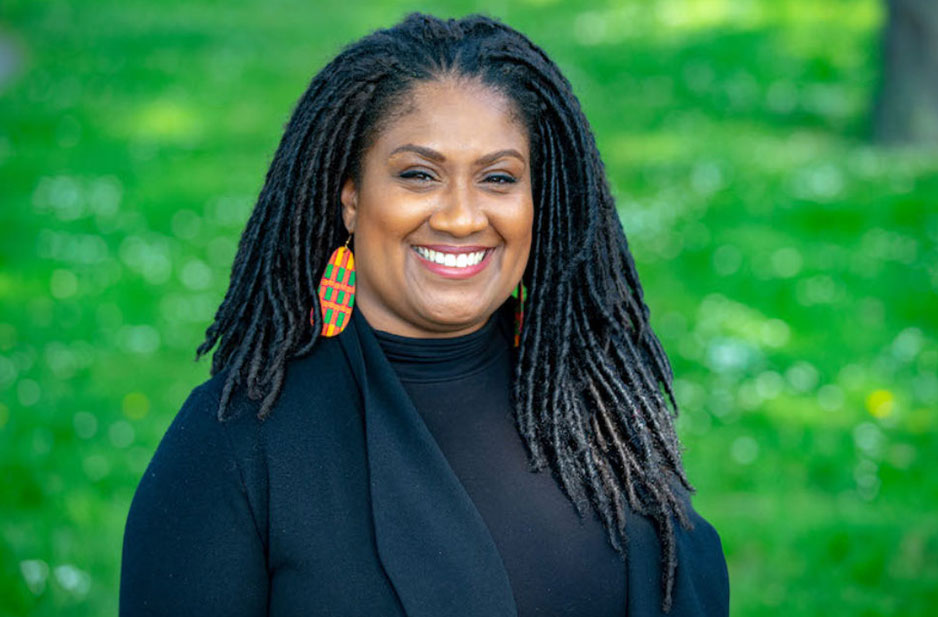The stars of America’s favourite pastime have a new set of heroes to chase.
In addition to familiar icons like Babe Ruth and Ted Williams, Major League Baseball’s record books have added the names of less well-known legends such as sluggers Josh Gibson and Buck Leonard. Gibson and Leonard are among the 2,300 Negro League players whose records Major League Baseball has added to its record books, elevating stars who didn’t get their due during baseball’s decades of segregation.
“All of us who love baseball have long known that the Negro Leagues produced many of our game’s best players, innovations and triumphs against a backdrop of injustice,” announcing the change in late May, Commissioner Rob Manfred said: “We are now grateful to count the players of the Negro Leagues where they belong: as Major Leaguers within the official historical record.”
Updating the record books took three years as baseball scholars and fans combed old newspapers and scorebooks for information on Negro League players and their teams, which sometimes lacked consistent schedules and complete statistics. While some African Americans, like Moses Fleetwood Walker, played in baseball’s earliest years, the sport excluded Black players in the late 1880s.
According to Mark Ribowsky’s ‘A Complete History of the Negro Leagues: 1884 to 1955’, pitcher Andrew “Rube” Foster founded the Negro National League in 1920 and additional leagues followed. The leagues disbanded in the months and years after Jackie Robinson broke into the Major Leagues with the Brooklyn Dodgers on April 15, 1947.
Negro League teams earned money barnstorming — traveling from town to town competing against semipro teams and sometimes professional outfits with white players. Along the way, they built a reputation with fans and baseball experts alike. Baseball Hall of Fame Vice President Jon Shestakofsky says Negro League players’ impressive statistics and winning record in matchups against all-white or integrated teams shows the “level of play and the level of talent in the Negro Leagues was very high.”
Sources including ‘Baseball: An Illustrated History’, a companion book to Ken Burns’ documentary on the sport, say Negro League teams won roughly two-thirds of matchups against white teams. The 1941 Negro League All-Star game, known as the East-West game, drew 50,000 fans to Chicago’s Comiskey Park.
Fans flocked to see stars like pitcher Leroy Robert “Satchel” Paige, a showman known as the king of the barnstormers. Also, on the roster that day was first baseman Buck Leonard, whose .345 career batting average now places him in the top 10 of baseball’s greatest hitters.
Other Negro League stars added to Major League record books include Gibson, a catcher, and now baseball’s all-time batting champion with a lifetime batting average of .372, surpassing Ty Cobb’s mark of .366. Along with Gibson and Leonard, former Negro League stars Oscar Charleston, Jud Wilson and Norman Thomas “Turkey” Stearnes now rank among the top 10 in career batting average.
The Negro Leagues continued to impact baseball after Robinson integrated the Major Leagues in 1947. From 1949 to 1959, former Negro League players won nine of 11 National League most valuable player (MVP) awards.
Those MVPs included 14-time all-star Ernie Banks, longtime home run king Hank Aaron, and Willie Mays, revered as one of baseball’s greatest all-around players. While those names are familiar to any baseball fan, the inclusion of earlier generations of Negro League stars in the record books will help fans and modern-day players learn more about those who helped shape America’s most storied sport.
“It is a good thing for the game,” Washington Nationals pitcher Josiah Gray said. “It is really cool to see Josh Gibson, Oscar Charleston and a lot of other names that baseball fans can learn about and for them to see there was more than Major League baseball back then.”












